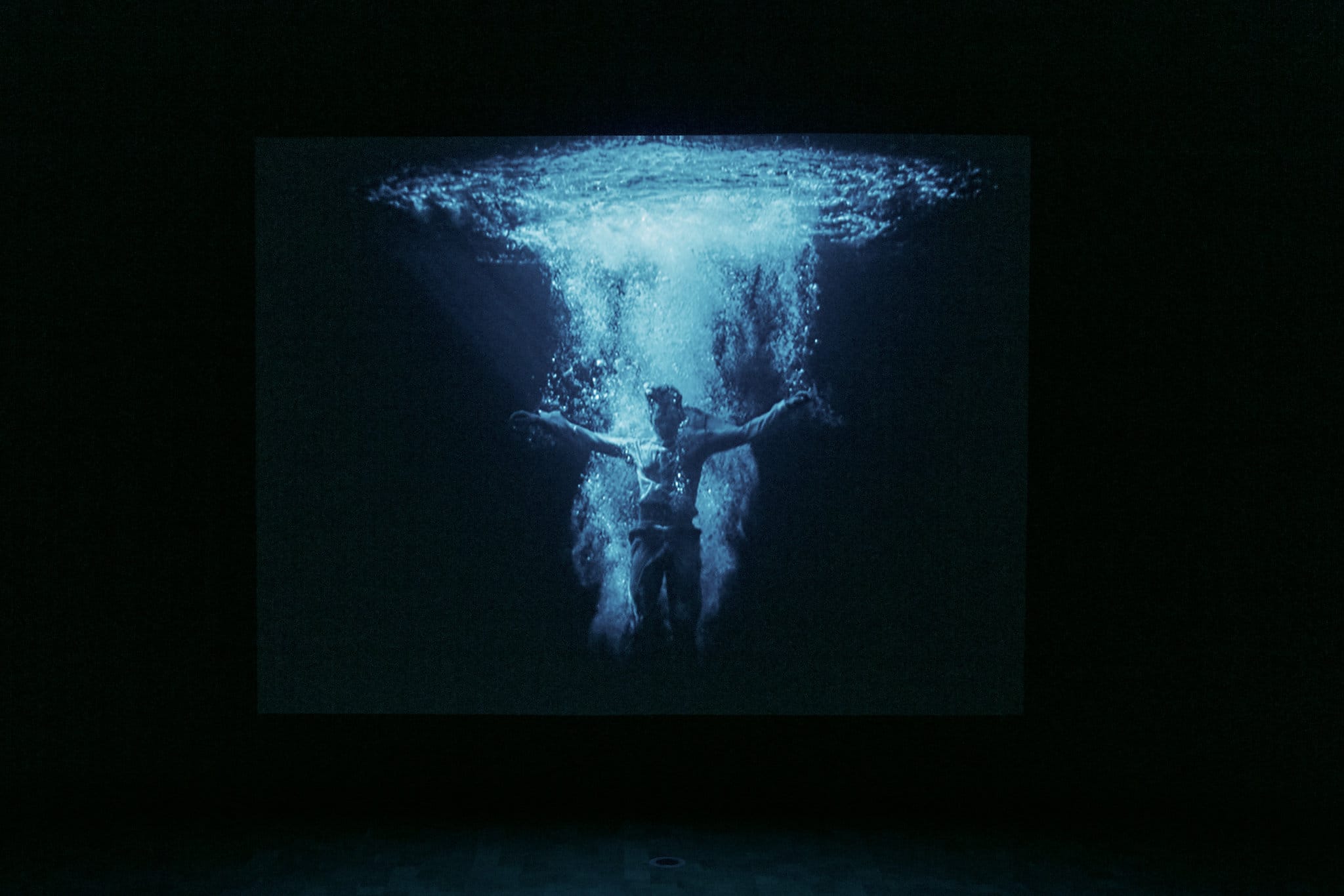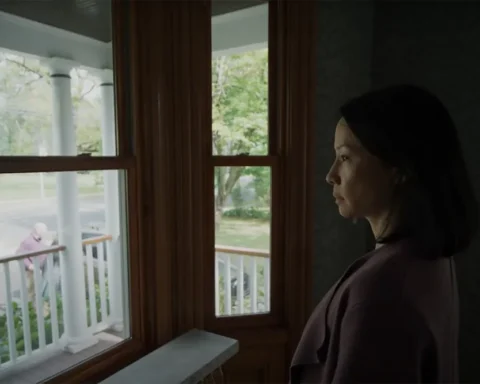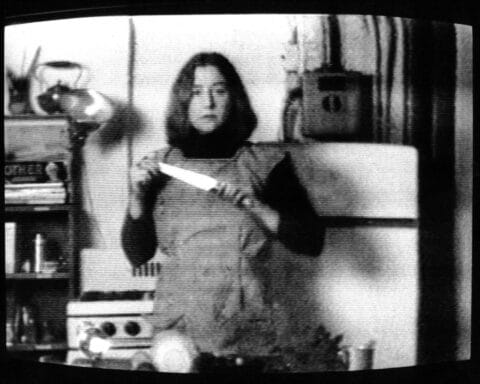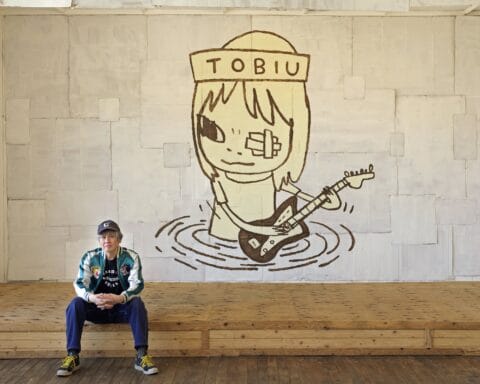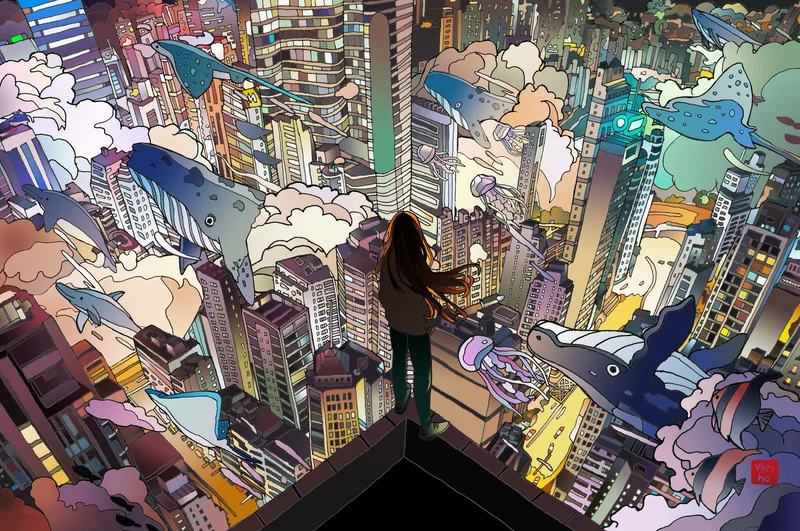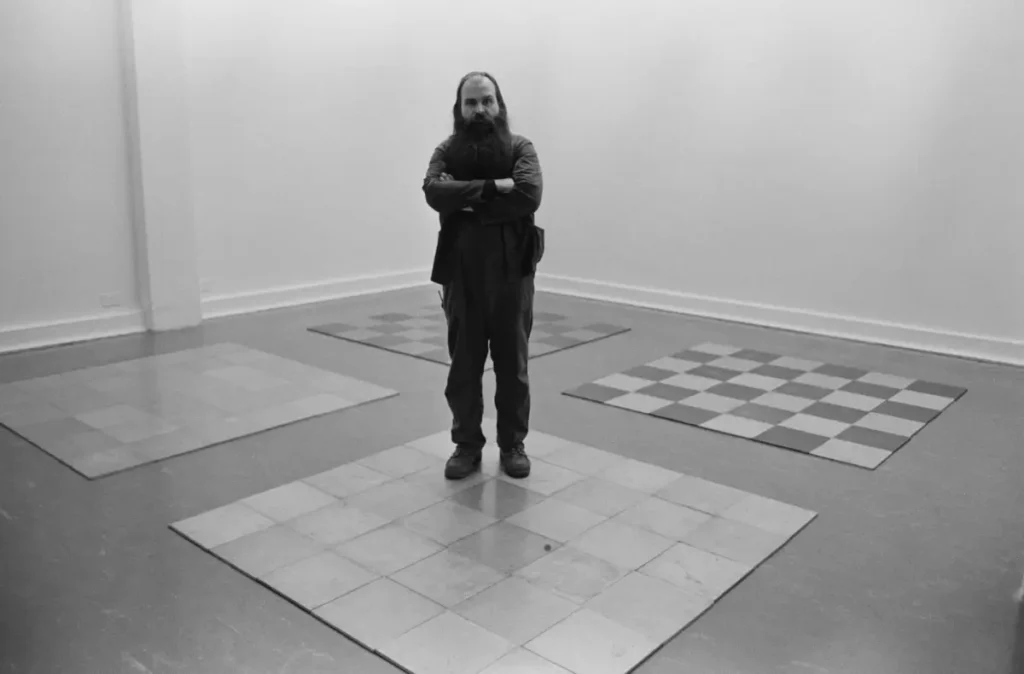In the canon of contemporary art, where fleeting trends often overshadow substantive contributions, Bill Viola emerges as a paragon of enduring innovation and introspection. Viola, with an oeuvre that spans several decades, has sculpted a niche within the esoteric domain of video art, a medium he has not merely participated in but has elevated to unprecedented heights of philosophical and aesthetic sophistication. His work, characterized by a profound engagement with metaphysical themes and an extraordinary command of the visual lexicon, demands an exegesis that is as meticulous as it is comprehensive. In the tradition of Virginia Woolf, whose prose entwines intricate streams of consciousness with meticulous detail, an exploration of Viola’s artistry necessitates a similar approach—one that revels in the labyrinthine intricacies of his visual and thematic preoccupations.

The artistic world mourned a profound loss with the passing of Bill Viola on July 23rd 2024, marking the end of an era in contemporary visual art. His departure leaves an indelible void in a field he revolutionized, yet his legacy persists through the transcendent quality of his work, continuing to inspire and challenge the boundaries of artistic expression. Viola’s ascendancy within the realm of video art is not merely a testament to his technical prowess but a reflection of his profound intellectual engagement with the medium. His works transcend mere visual spectacle, operating instead as profound meditations on the human condition, existential angst, and the transcendental dimensions of experience. Viola’s engagement with these themes is not superficial; rather, it is a deep-seated inquiry that finds expression through a meticulously crafted visual language. This language is at once fluid and precise, capable of evoking the ineffable and the sublime through a series of carefully orchestrated visual tableaux.
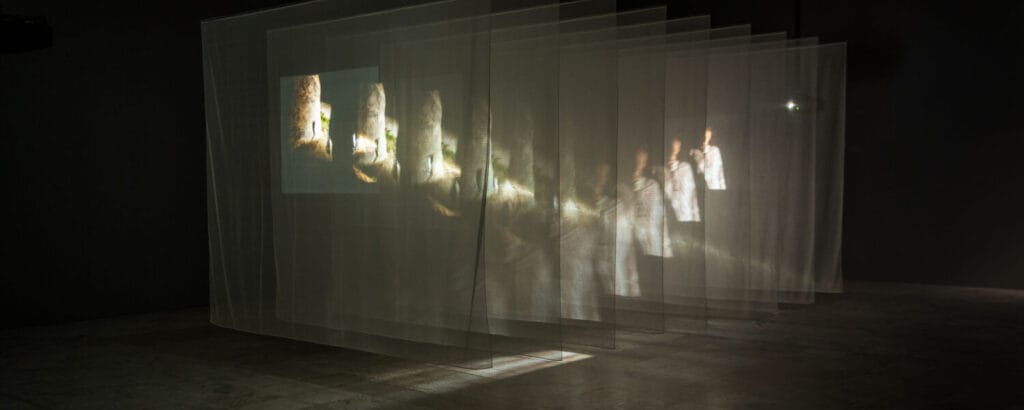
The genesis of Viola’s artistic journey can be traced back to his formative years, where his fascination with video technology intersected with a burgeoning interest in existential and spiritual philosophy. This intersection is evident in his early works, which, though nascent in their execution, hint at the thematic preoccupations that would come to dominate his later oeuvre. Viola’s early experiments with video technology were not merely technical exercises; they were, in essence, explorations of the medium’s potential to convey complex philosophical ideas. This period of experimentation laid the groundwork for what would become a lifelong pursuit of visual and metaphysical synthesis.
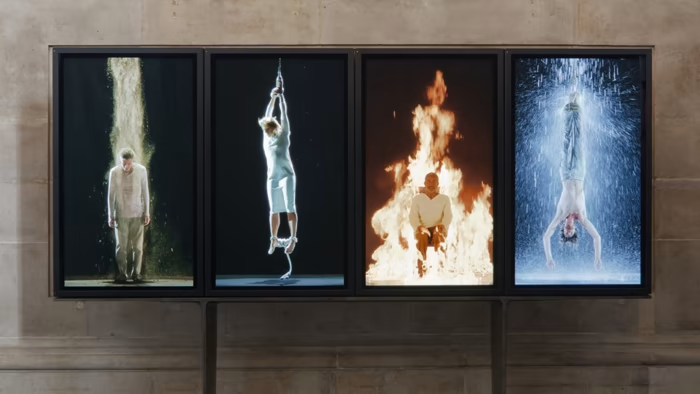
One cannot discuss Viola’s work without acknowledging the profound influence of his experiences with diverse cultural and spiritual traditions. His immersion in Eastern philosophies, particularly Zen Buddhism and Sufism, has imbued his work with a contemplative quality that is both meditative and transformative. This influence is palpable in works such as “The Reflecting Pool” (1977-79) and “Chott el-Djerid (A Portrait in Light and Heat)” (1979), where the interplay of light, water, and human form evokes a sense of transcendence and introspection. These works, with their slow, deliberate pacing and meticulous attention to detail, invite viewers to engage in a form of visual contemplation that mirrors the meditative practices central to these spiritual traditions.
“The Reflecting Pool,” in particular, is emblematic of Viola’s ability to transform the mundane into the extraordinary. The piece begins with a solitary figure standing at the edge of a pool, poised to dive into the water. As the figure leaps, time seems to suspend, and the reflection in the water becomes a focal point for a series of transformations that blur the boundaries between reality and illusion. This manipulation of temporal and spatial dimensions is a hallmark of Viola’s work, one that he employs to explore the fluidity of human perception and the malleability of time.
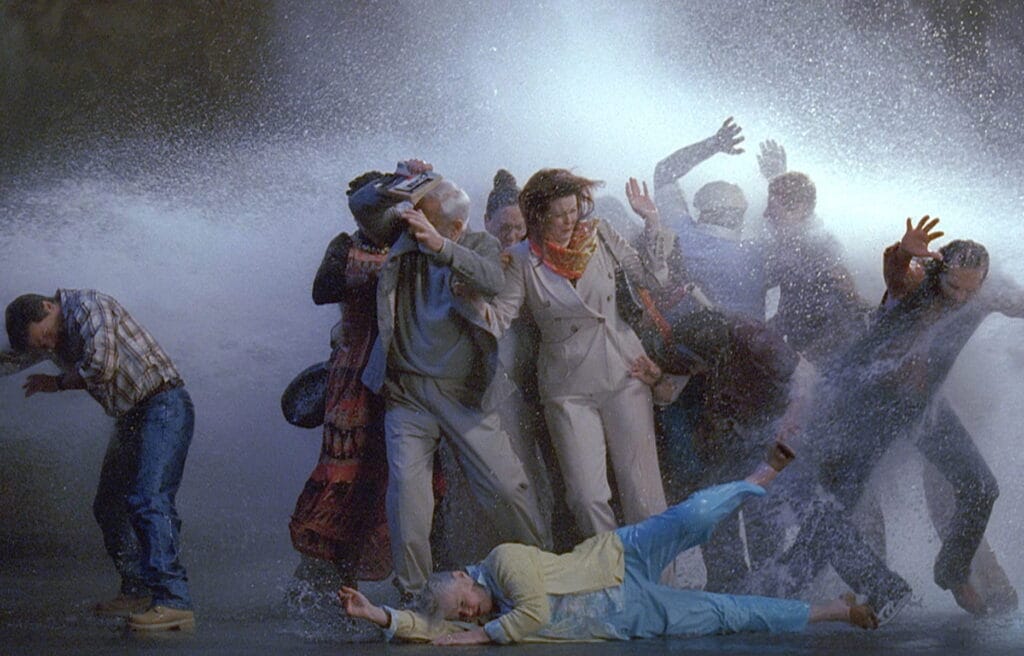
Viola’s exploration of temporality and perception reaches a zenith in his later works, where the use of high-definition video and sophisticated editing techniques allow for an even greater degree of precision and nuance. In works such as “The Passions” (2000-2002), Viola delves into the emotional and psychological depths of human experience, drawing inspiration from the traditions of Renaissance art and medieval religious iconography. “The Passions” series is a tour de force of visual storytelling, where the subtlest of facial expressions and gestures are rendered with an almost painterly attention to detail. Each piece in the series functions as a visual meditation on the nature of human emotion, capturing the ephemeral and often ineffable qualities of grief, ecstasy, and contemplation.
The influence of Renaissance art on Viola’s work is particularly evident in the way he frames his subjects and composes his scenes. There is a deliberateness to his compositions that harkens back to the meticulous craftsmanship of Renaissance masters such as Leonardo da Vinci and Caravaggio. This influence is not merely aesthetic; it is deeply philosophical, reflecting Viola’s belief in the power of art to reveal deeper truths about the human condition. In works such as “Emergence” (2002), one of the most celebrated pieces from “The Passions” series, Viola reinterprets the resurrection theme common in Renaissance art, imbuing it with a contemporary sensibility that speaks to both timeless and universal concerns.
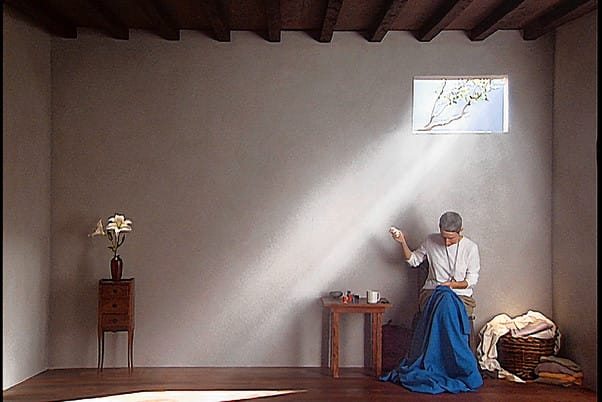
Viola’s engagement with Renaissance art is not limited to thematic reinterpretation; it extends to his use of light and shadow, which he employs with a masterful precision to evoke a sense of depth and dimensionality. In this regard, Viola can be seen as a modern-day chiaroscuro artist, using the interplay of light and dark to create a sense of drama and intensity. This technique is particularly evident in works such as “The Greeting” (1995), where the use of light and shadow serves to heighten the emotional resonance of the scene, drawing the viewer into a complex web of interpersonal dynamics and unspoken emotions.
In addition to his engagement with historical artistic traditions, Viola’s work is deeply informed by his interest in contemporary technology and its potential to expand the boundaries of visual expression. This interest is evident in his pioneering use of high-definition video, slow-motion techniques, and sophisticated editing tools, all of which he employs to create works that are as technically accomplished as they are conceptually profound. Viola’s technical innovations are not mere gimmicks; they are integral to his artistic vision, allowing him to manipulate time and space in ways that challenge conventional perceptions and invite viewers to experience the world anew.
One of the most striking examples of Viola’s technical and conceptual prowess is his work “The Raft” (2004), a large-scale video installation that depicts a group of people suddenly engulfed by a torrent of water. The work, which unfolds in slow motion, captures the visceral and emotional impact of the deluge, transforming a moment of crisis into a profound meditation on human vulnerability and resilience. “The Raft” is a testament to Viola’s ability to create works that are both visually stunning and deeply moving, engaging viewers on both a sensory and an intellectual level.

Viola’s ability to evoke such powerful emotional responses is due in large part to his meticulous attention to detail and his commitment to creating immersive, multi-sensory experiences. His installations often employ large-scale projections, surround sound, and carefully choreographed lighting to create environments that envelop viewers and draw them into the world of the work. This immersive quality is central to Viola’s artistic vision, reflecting his belief in the power of art to transform perception and alter consciousness.
In works such as “Going Forth by Day” (2002), a five-part video installation that explores themes of birth, death, and rebirth, Viola creates an immersive environment that invites viewers to journey through a series of interconnected visual narratives. Each part of the installation is projected onto a different wall of the gallery, creating a panoramic experience that envelops viewers in a continuous flow of images and sounds. “Going Forth by Day” is a masterful example of Viola’s ability to create works that are both conceptually complex and viscerally engaging, offering viewers a profound and transformative experience.
The immersive quality of Viola’s work is not limited to his large-scale installations; it is also evident in his more intimate pieces, where the use of close-ups and slow motion serves to draw viewers into the emotional and psychological depths of his subjects. In works such as “Nantes Triptych” (1992), Viola employs a tripartite structure to explore the interconnected themes of birth, life, and death, using close-up shots and slow-motion footage to capture the subtlest of movements and expressions. The result is a work that is both intimate and expansive, offering a deeply personal meditation on the cycle of life and the passage of time.
Viola’s ability to create works that are both visually and emotionally compelling is due in large part to his profound understanding of the human condition and his commitment to exploring the deepest questions of existence. His work is characterized by a relentless pursuit of truth and a deep-seated belief in the power of art to reveal the mysteries of the human soul. This commitment is evident in every aspect of his work, from the meticulous attention to detail to the profound philosophical inquiries that underpin his visual explorations.
In conclusion, Bill Viola’s predominance in the realm of video art and experimental visual creation is a testament to his extraordinary vision and unwavering commitment to pushing the boundaries of artistic expression. His work, characterized by a profound engagement with metaphysical themes and an extraordinary command of the visual lexicon, stands as a beacon of innovation and introspection in the contemporary art world. Through his masterful use of technology, meticulous attention to detail, and profound philosophical inquiries, Viola has created an oeuvre that is as intellectually rigorous as it is emotionally resonant. His contributions to the field of video art are not merely significant; they are transformative, offering viewers a glimpse into the deepest mysteries of the human condition and the transcendental dimensions of experience. In the tradition of Virginia Woolf, whose prose entwines intricate streams of consciousness with meticulous detail, Viola’s work demands an exegesis that is as intricate and expansive as the themes it explores, revealing the profound and enduring impact of his artistic vision.
